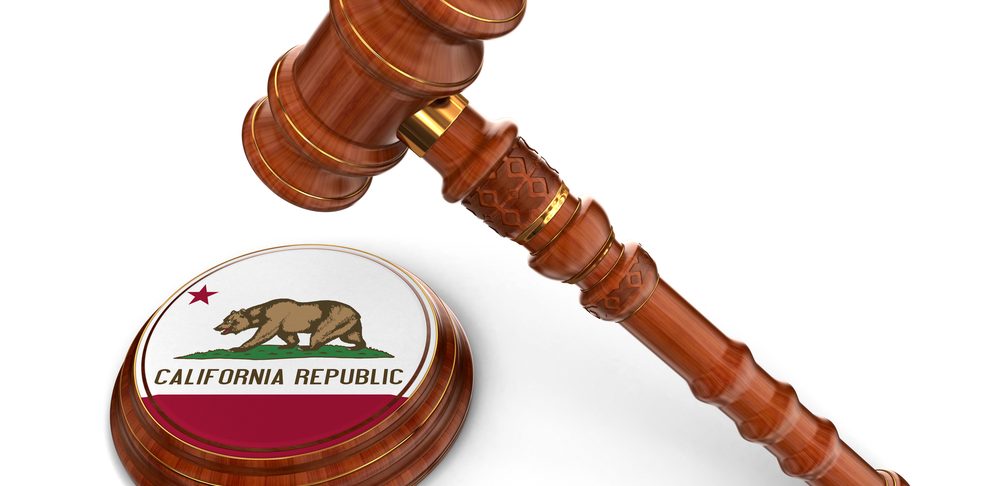Affirmed! That is the word of the day as the California Court of Appeals recently issued a published decision affirming that an inverse condemnation cause of action continues to apply to investor-owned utilities in California. The Second District Court of Appeal affirmed the trial court’s decision to deny an electric utility’s demurrer to plaintiff’s cause of action for inverse condemnation. Simple Avo Paradise Ranch, LLC v. Southern California Edison Company, (2nd Dist. May 23, 2024). Throughout the 41-page opinion, the Court of Appeal relied heavily on the “well-reasoned and long-standing holdings of Barham and Pacific Bell,” the controlling California appellate cases which applied inverse condemnation to investor-owned utilities whose equipment caused a wildfire. Barham v. Southern Cal. Edison Co. (1999) 74 Cal.App.4th 744; Pacific Bell Telephone Co. v. Southern California Edison Co. (2012). This decision is a significant win for plaintiffs and the general public as inverse condemnation plays a major role in holding utilities responsible when their equipment causes a devastating wildfire. Below is a brief recap of the decision and the Court of Appeals’ rationale.
To prevail on an inverse condemnation cause of action, a plaintiff must prove that 1) private property was damaged, 2) by a public improvement, 3) as deliberately designed, constructed, altered, or maintained. In the subrogation context, common scenarios would be a utility’s electrical distribution lines contacting vegetation or slapping another line, both of which are known causes of a wildfire. In both scenarios, a public improvement providing power to members of the general public is causing damage to private property. While an inverse condemnation cause of action is not strict liability, an inverse condemnation cause of action is beneficial in that the plaintiff does not have to prove that the government entity or utility was negligent in its design, construction, or maintenance of the improvement. Instead, under the California Supreme Court decision in City of Oroville, the plaintiff must prove that the damages were “substantially caused by an inherent risk presented by the deliberate design, construction, or maintenance of the public improvement.” City of Oroville v. Superior Court (2019) 7 Cal.5th 1091. In a wildfire context the “inherent risk” element can be established by demonstrating the manner in which the utility designed, constructed, and maintained the electrical equipment at issue increased the risk of a wildfire. A classic example is the utility’s decision to use bare wire versus insulated covered conductor, the former of which increases the risk of a fire in a number of scenarios – tree to line contact, line slap, or line to ground contact.
For many decades, California has recognized that the inverse condemnation cause of action extends to investor-owned utilities, in part because these utilities are providing an otherwise government function (often the supply of electricity) and have a monopoly over providing the service at issue. See Barham and Pacific Bell, referenced above. Notably, the Court in Barham reasoned that there was no rational basis for distinguishing publicly owned electrical utilities from privately owned utilities. Barham, supra, 74 Cal.App.4th at 753. Additionally, the Court in Pacific Bell stated, “Here, the government has chosen to grant a franchise and delegate the furnishing of electricity to Edison rather than operating the utility itself. Such a delegation does not remove the policy justifications underlying inverse condemnation liability: that [injured] individual property owners should not have to contribute disproportionately to the risks from public improvements made to benefit the community as a whole.” Pacific Bell, supra, 208 Cal.App.4th at 1407.
Since 2017 when the state saw a significant increase in wildfires, California investor-owned utilities have unsuccessfully argued to trial judges that inverse condemnation should no longer apply to them, asserting that the prior rulings of Barham and Pacific Bell should be reversed. Specifically, the investor-owned utilities argued that unlike their government operated utility counterparts, they are unable to unilaterally increase rates to cover the costs of a wildfire, i.e., “rate spread.” The investor-owned utilities went on to argue that without the automatic ability to rate spread, the application of a traditional cause of action reserved for a government entity was inappropriate, i.e., inverse condemnation should not apply to private electric utilities. Despite repeated failures at the trial court level, the Simple Avo case was the first to reach any California Court of Appeal. It’s worth noting that this only happened due to a confidential settlement between the investor-owned utility and plaintiff, which allowed for the appeal to proceed despite the settlement.
Fortunately and correctly, the Court of Appeal was unmoved by Southern California Edison’s arguments in its Simple Avo decision, noting that the argument SCE made was nothing new – “SCE reiterates many of the arguments it raised in Barham and Pacific Bell that those courts rejected.” Specifically, the Court disputed SCE’s argument that “rate spreading” was the premise for the inverse condemnation cause of action. In analyzing Barham and Pacific Bell, the Simple Avo Court stated “Neither case assumed SCE had unfettered authority to raise rates and Pacific Bell expressly observed that SCE ‘may raise rates only with the approval of California’s Public Utility Commission.’” Simple Avo, supra, at 28, citing Pacific Bell, supra, 208 Cal.App.4th at 1407 and Barham, supra, 74 Cal.App.4th at 751-753. Furthermore, Pacific Bell rejected SCE’s same argument, reasoning that even if the legislature subjected government utilities to the same regulations as private utilities, “such regulation would not immunize municipal utilities from inverse condemnation liability under the theory that they were no longer able to spread the cost of public improvements.” Pacific Bell, supra, 208 Cal.App.4th at 1407, fn. 6.
In rejecting SCE’s argument that rate spreading was the basis for inverse condemnation liability, the Simple Avo court reminded us that the purpose of inverse condemnation is to ensure that an injured plaintiff does not disproportionately receive the burden (damaged property) of the risk created by the public improvement (i.e. power lines) that benefits the public at large. See Simple Avo, supra, at 29, citing Pacific Bell, supra, at 1407.
The Simple Avo affirmation of the Barham and Pacific Bell principles of applying inverse condemnation to private utilities, and rejection of a utility’s rate spreading argument, is a significant win for all plaintiffs and the general public. The inverse condemnation cause of action will continue to play an important role in holding electric companies responsible when their equipment causes a devastating wildfire.






